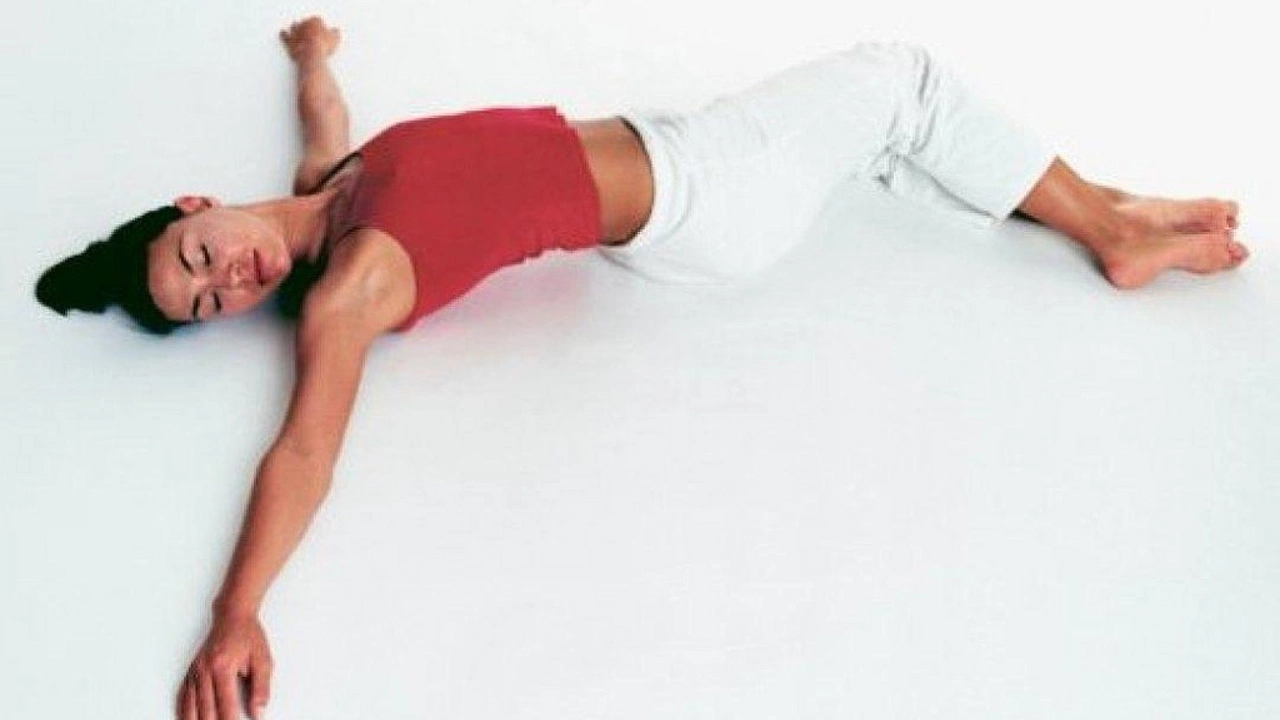Well folks, let me tell you, I've stumbled upon a real gem of a solution for those sleepless nights. Yoga and stretching, my friends, are the unexpected superheroes in the battle against insomnia. It's like they're donning their capes, striking a warrior pose, and saying, "Insomnia, your reign of terror ends here!" These techniques help us to relax both body and mind, ease tension and stress, and improve our overall sleep quality. So, next time you're up counting sheep, why not try some downward dogs instead? Because let's face it, anything that involves pajamas and doesn't require caffeine is a win in my book!
Stretching: Quick Moves to Feel Better Every Day
Do you sit a lot, wake up stiff, or want less pain after workouts? Stretching fixes that more than you think. You don’t need fancy equipment or hours—just consistent, simple stretches done the right way.
When and how to stretch
Time your stretches. Do dynamic stretches (moving through a range of motion) before exercise to warm up. Save static stretches (holding a position) for after workouts or during a calm moment to improve flexibility. Breathe slowly and avoid bouncing. Aim for 2–3 sessions a day if you’re very tight, otherwise once daily is a great start.
Hold static stretches for about 20–30 seconds. If something hurts sharply, stop. Mild discomfort is okay, pain is not. Progress happens when you stretch a little more each week—don’t force it overnight.
Simple 10-minute routine (no gear)
Try this short routine first thing in the morning or after exercise. It targets common tight spots and helps mobility.
1) Neck circles — 30 seconds: tilt and slowly roll to release tension. Keep movements tiny and slow.
2) Shoulder opener — 30 seconds each side: reach one arm across your chest and press gently with the other arm.
3) Cat-cow — 60 seconds: on hands and knees, arch and round your back slowly. Great for spine mobility.
4) Hip flexor stretch — 30 seconds each side: kneel with one foot forward, push hips gently forward until you feel a stretch in the front of the hip.
5) Hamstring stretch — 30 seconds each side: sit or stand, hinge at the hips and reach toward toes with a flat back. Bend the knee slightly if needed.
6) Quad stretch — 30 seconds each side: standing, pull heel toward glutes, keep knees close together and hips tucked.
7) Chest opener — 30 seconds: clasp hands behind your back and lift slightly to open the chest.
8) Spinal twist — 30 seconds each side: sit, cross one leg over the other and twist gently toward the top knee to relieve lower back tension.
Finish with a few deep breaths and notice how your shoulders, neck, and hips feel looser.
Quick tips that actually help: consistency beats intensity. Stretch daily for 5–10 minutes rather than a long session once a week. Use warm muscles—after a short walk or shower is ideal. Track progress by noting how far you reach or how your posture changes.
If you’re recovering from injury or take meds that affect balance or blood pressure, check with your clinician before starting a new routine. Small, steady changes add up fast. Want more routines for runners, desk workers, or seniors? There are easy variations that fit each need—pick one and try it for two weeks.

